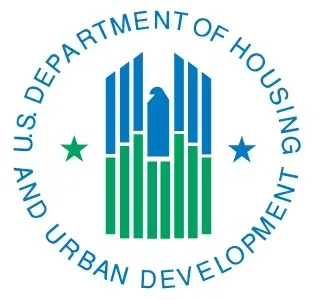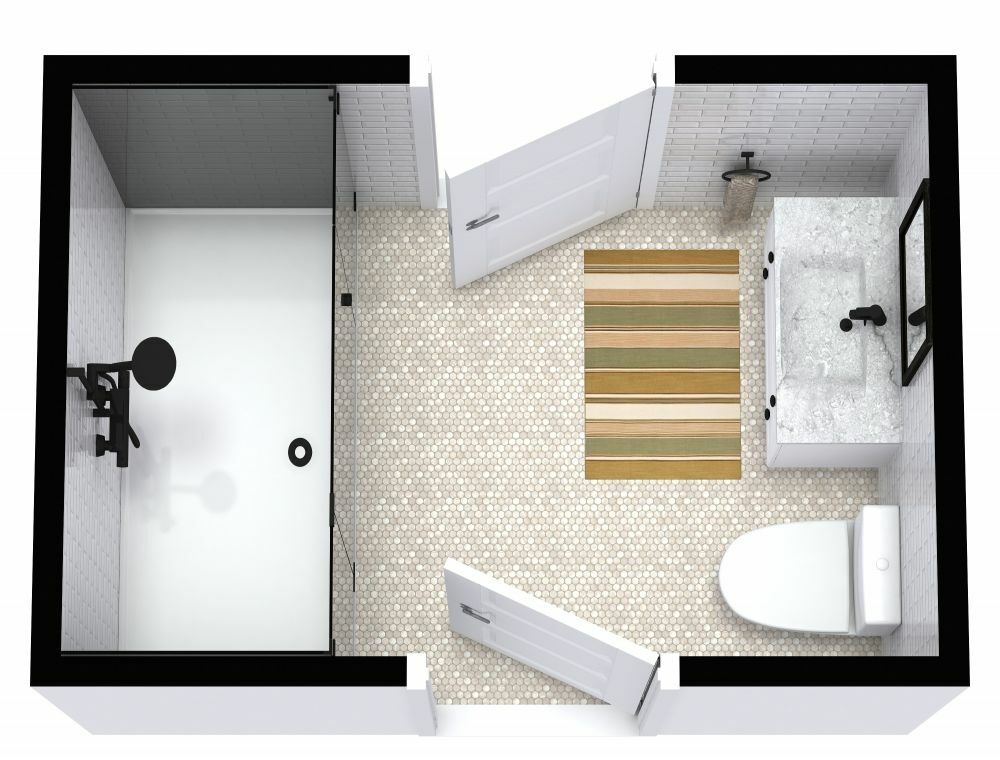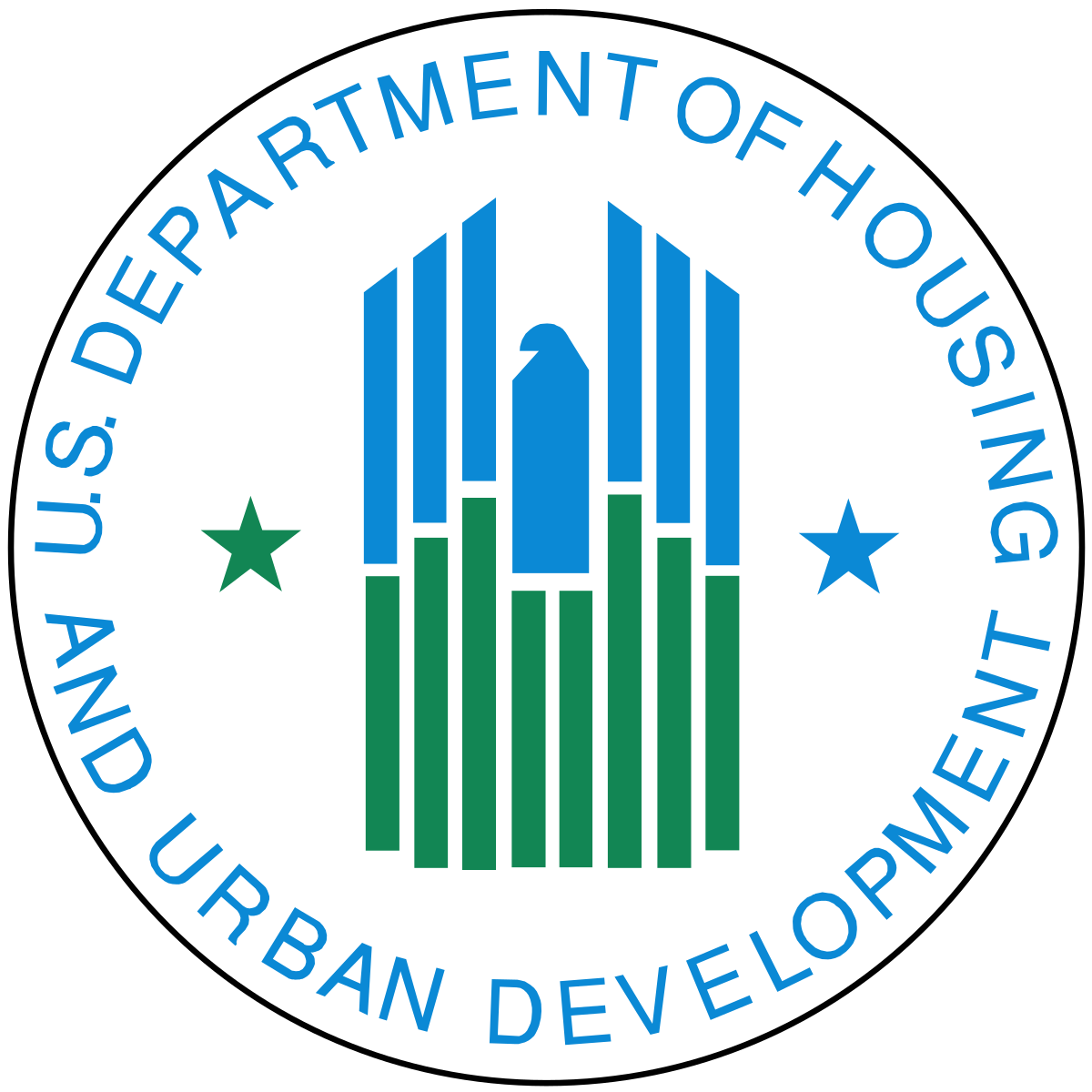As the demand for long-term care financing continues to grow, HUD’s Section 232 loan program remains a critical pillar for skilled nursing facility capital access. At the same time, there is growing recognition—both inside and outside government—that the program would benefit from greater efficiency, clearer standards, and reduced administrative friction.
In that spirit, ASI has developed a set of practical, operations-level recommendations based on insights from legal and financing professionals who work closely with HUD ORCF transactions. These suggestions are designed to help HUD streamline reviews, cut unnecessary delays, and support high-quality providers, all while maintaining strong safeguards for taxpayer-backed loans.
1. Assign a Consistent OGC/ORCF Review Team to Each Parent Company
One of the most effective ways HUD could reduce inefficiencies in the application process is by assigning the same legal (OGC) and underwriting (ORCF) reviewers to all transactions involving a particular parent company or corporate operator.
Too often, multi-project operators are required to reintroduce their corporate structure, history, and compliance posture with every new application—simply because each transaction is assigned to a different HUD reviewer.
Why this matters:
- Reviewers become familiar with the applicant’s organizational structure, prior project documentation, and overall track record.
- Repetition is reduced: fewer duplicative submissions and explanations across deals.
- Consistency improves: reviewer familiarity leads to more aligned interpretation and expectations.
- HUD benefits from efficiency gains as well as stronger institutional knowledge of active borrower groups.
2. Permit ALTA Surveys Dated Within 1–3 Years with an Affidavit of No Change
Currently, HUD requires ALTA surveys with fieldwork completed within the last 12 months. In practice, many providers find themselves just outside that window—despite having a survey that remains entirely accurate—and are forced to engage surveyors for a new site visit simply to satisfy a technical date requirement.
A better approach: Allow use of surveys dated within the last 1–3 years, so long as the owner submits a Survey Affidavit of No Change attesting that site conditions remain materially the same.
Why this matters:
- Reduces unnecessary delays and borrower costs.
- Reflects private-sector norms where affidavit-backed surveys are widely accepted.
- Maintains the spirit of HUD’s diligence while removing needless procedural barriers.
3. Revise HUD Master Tenant Regulatory Documents to Include a Sublease/Facility Schedule
In Master Tenant structures, HUD does not provide a template Master Lease—which is appropriate, as providers should retain flexibility in drafting lease terms. However, HUD does require execution of several regulatory documents (including the Master Tenant Regulatory Agreement, SNDA, Assignment of Rents and Leases, Security Agreement, and Estoppel).
The problem: These documents lack a standardized exhibit that lists the specific subleases and facilities covered, which creates complications when trying to add, remove, or restructure individual projects under a master lease umbrella.
The solution: Revise HUD’s standard regulatory documents to include a project-level exhibit or schedule that itemizes the covered facilities and subleases.
Why this matters:
- Simplifies partial carve-outs, asset sales, or refinancing of a subset of properties.
- Reduces document confusion and legal negotiation in portfolio reorganizations.
- Gives HUD a clear snapshot of how many facilities are covered under any one master structure, supporting enforcement and risk monitoring.
4. Provide HUD-Approved Templates for DACA and DAISA Agreements
Negotiations over Deposit Account Control Agreements (DACAs) and Deposit Account Instruction and Service Agreements (DAISAs) are a recurring point of friction in HUD transactions. Every lender and every bank has its own version, and without a HUD-approved template, protracted negotiations can drag out timelines unnecessarily.
The recommendation: HUD should provide standardized templates for DACAs and DAISAs that are pre-cleared with a range of banks and AR lenders.
Why this matters:
- Reduces closing delays caused by redlining and legal negotiation.
- Creates clarity for third-party institutions working with HUD-financed projects.
- Allows parties to focus on material risk, rather than re-negotiating language from scratch.
Looking Ahead
These proposals are not meant to overhaul HUD’s loan framework but to tune the engine. They are technically modest changes that could yield substantial gains in speed, efficiency, and consistency—all without increasing risk to the government or weakening borrower accountability.
As HUD leadership continues to look for pragmatic ways to modernize, ASI is committed to offering feedback drawn from the field. We believe there is strong alignment between provider experience and HUD’s mission—and that practical improvements like these can serve both.




